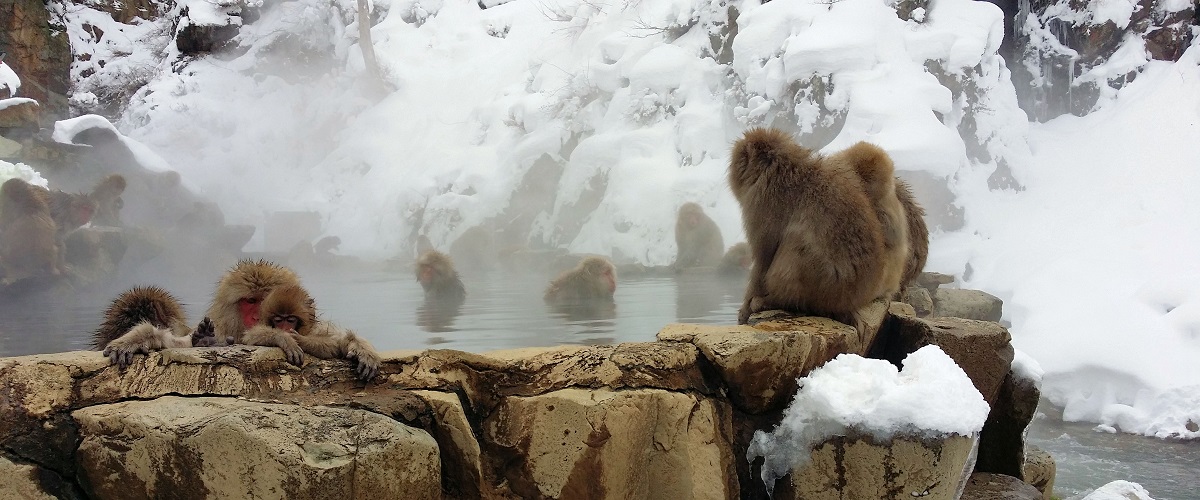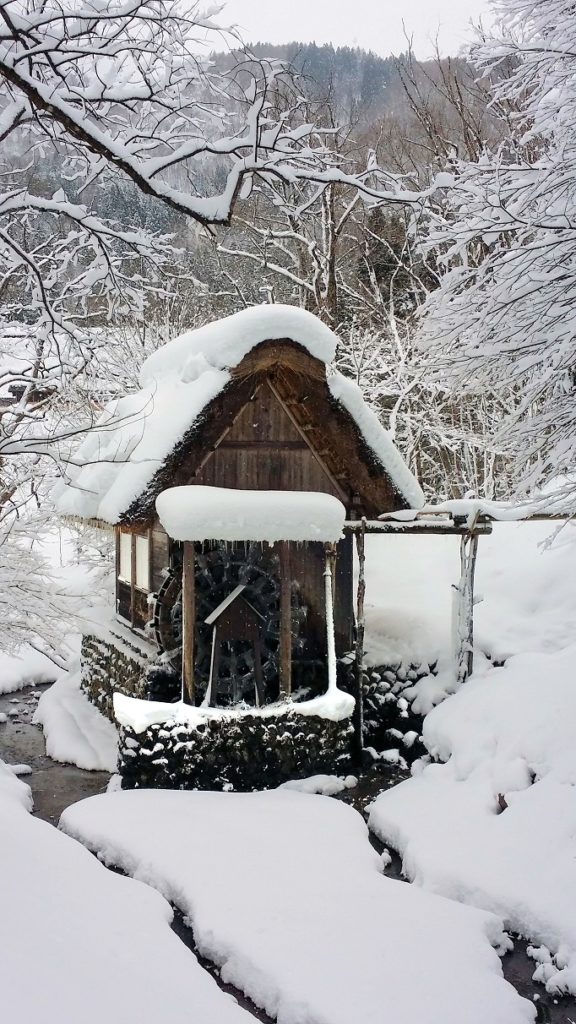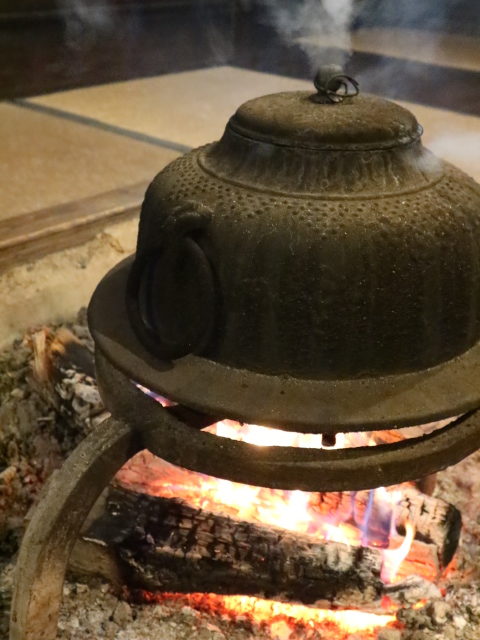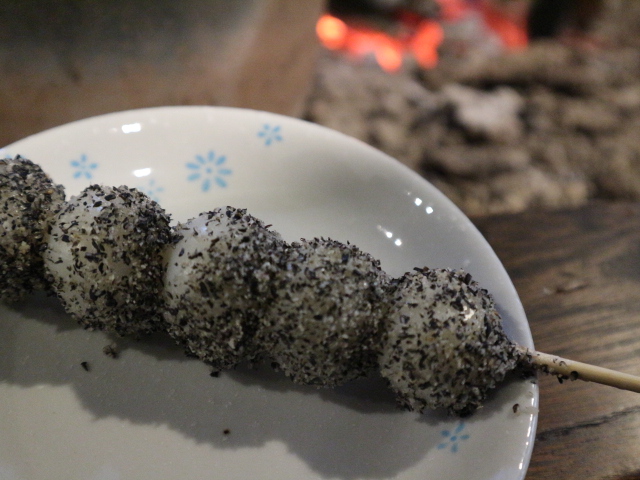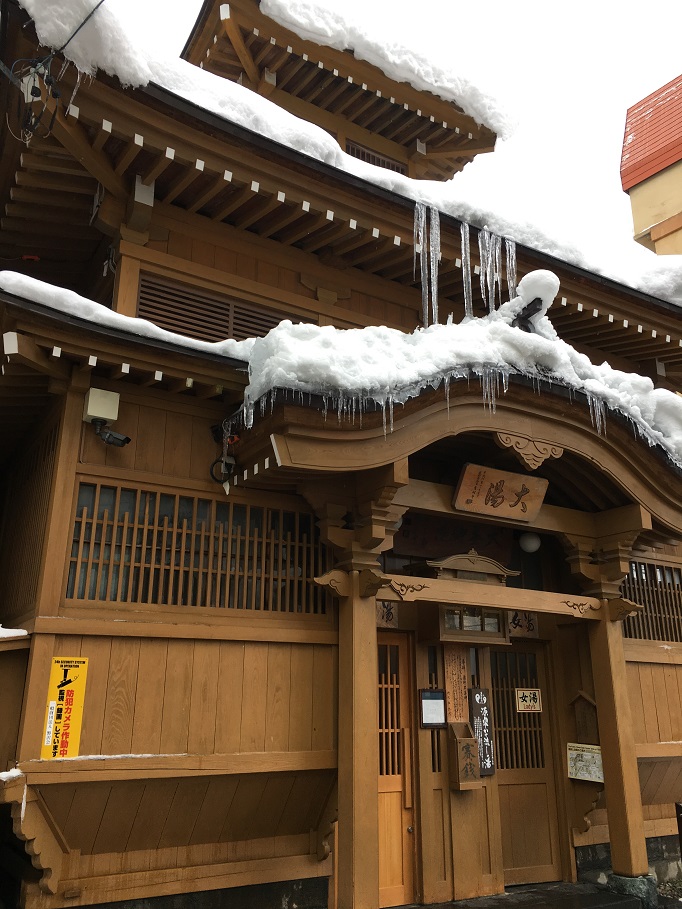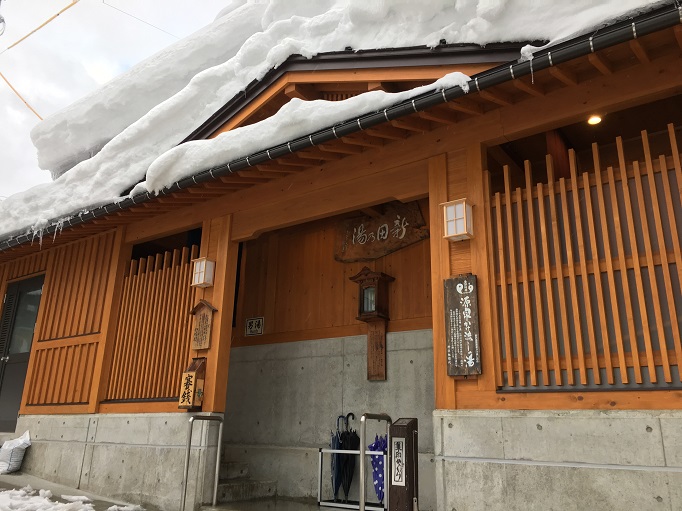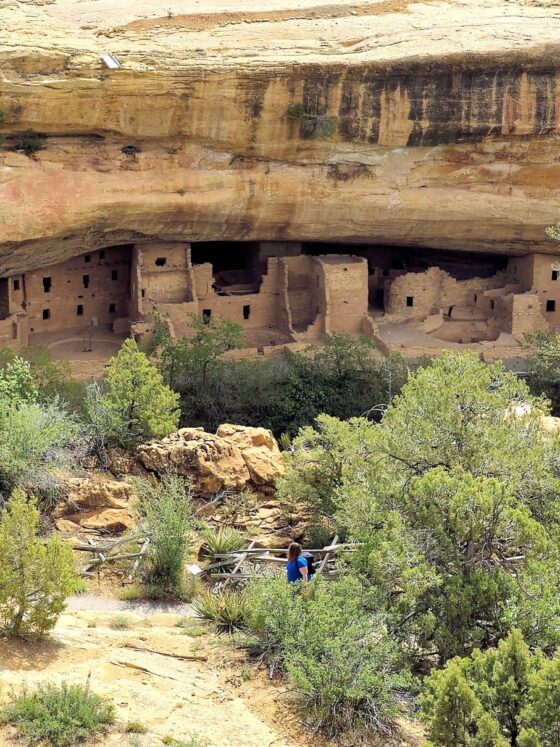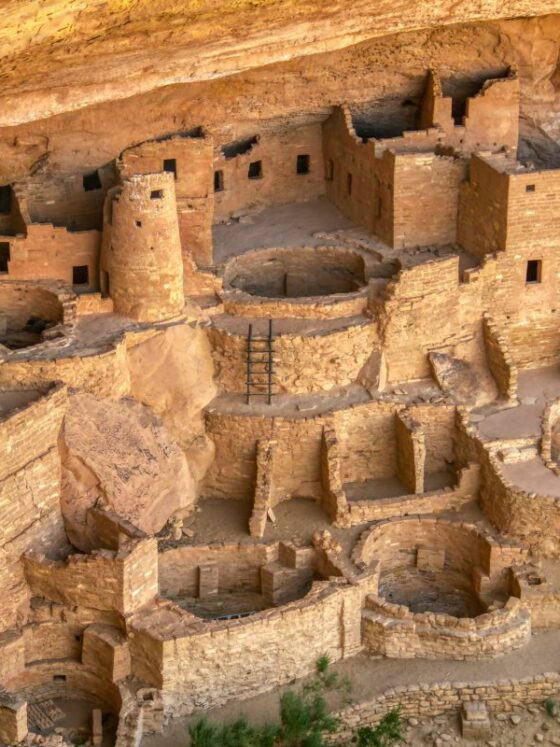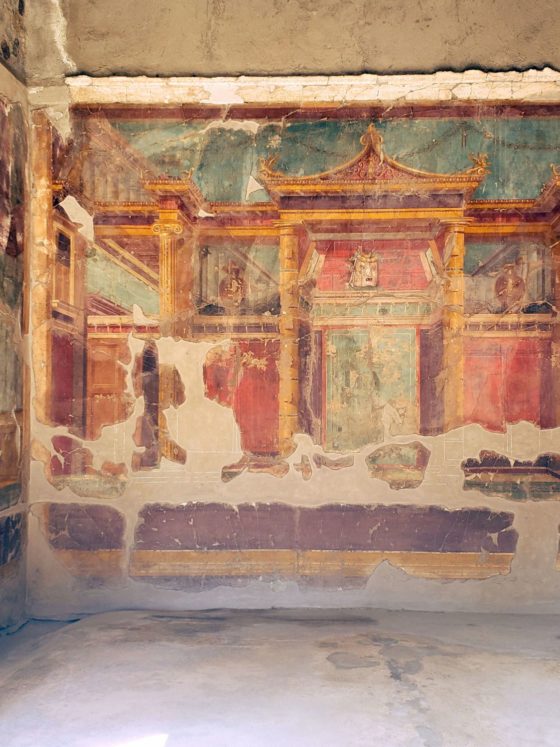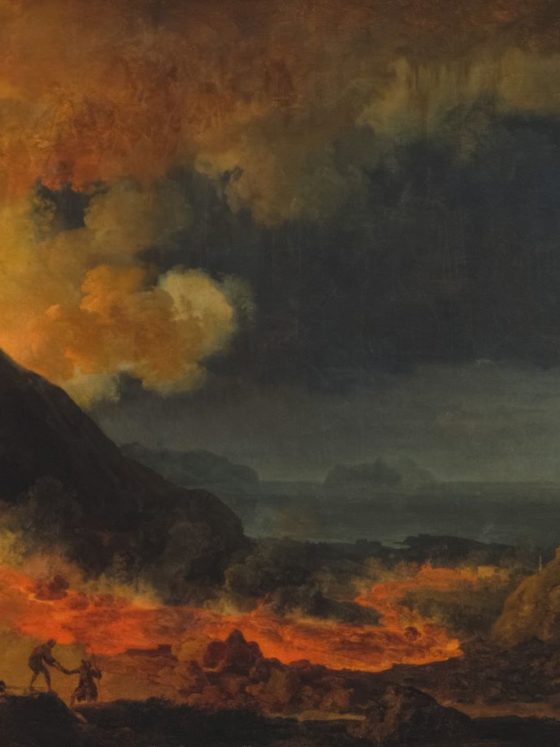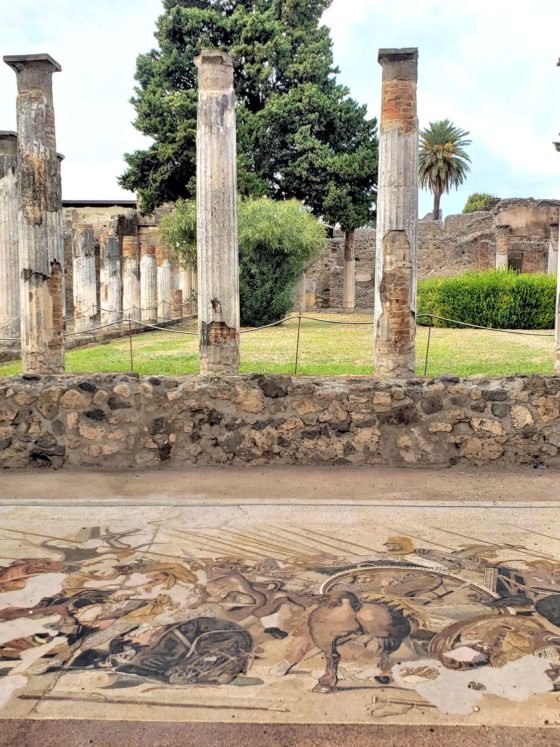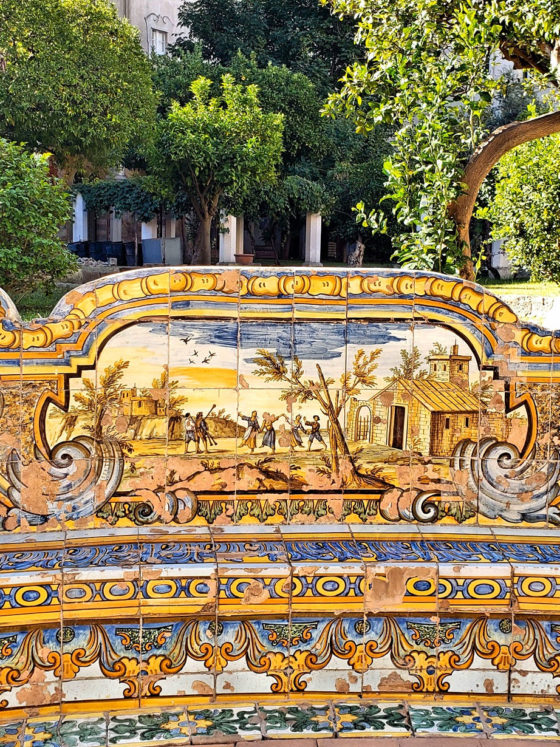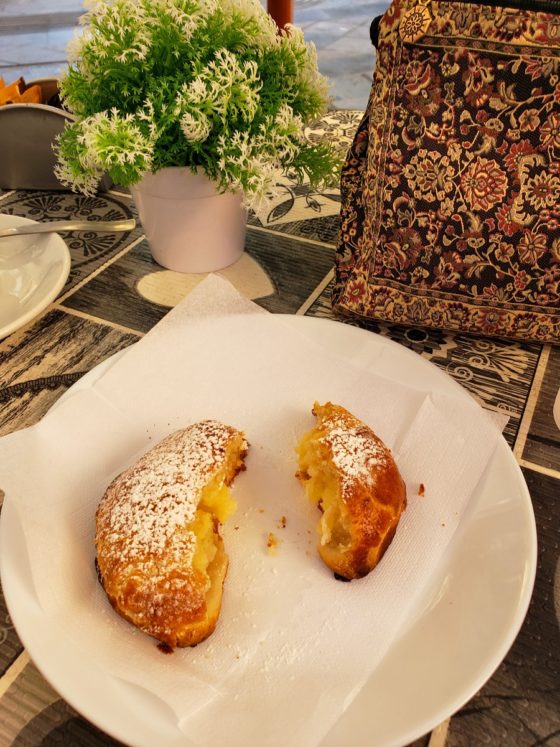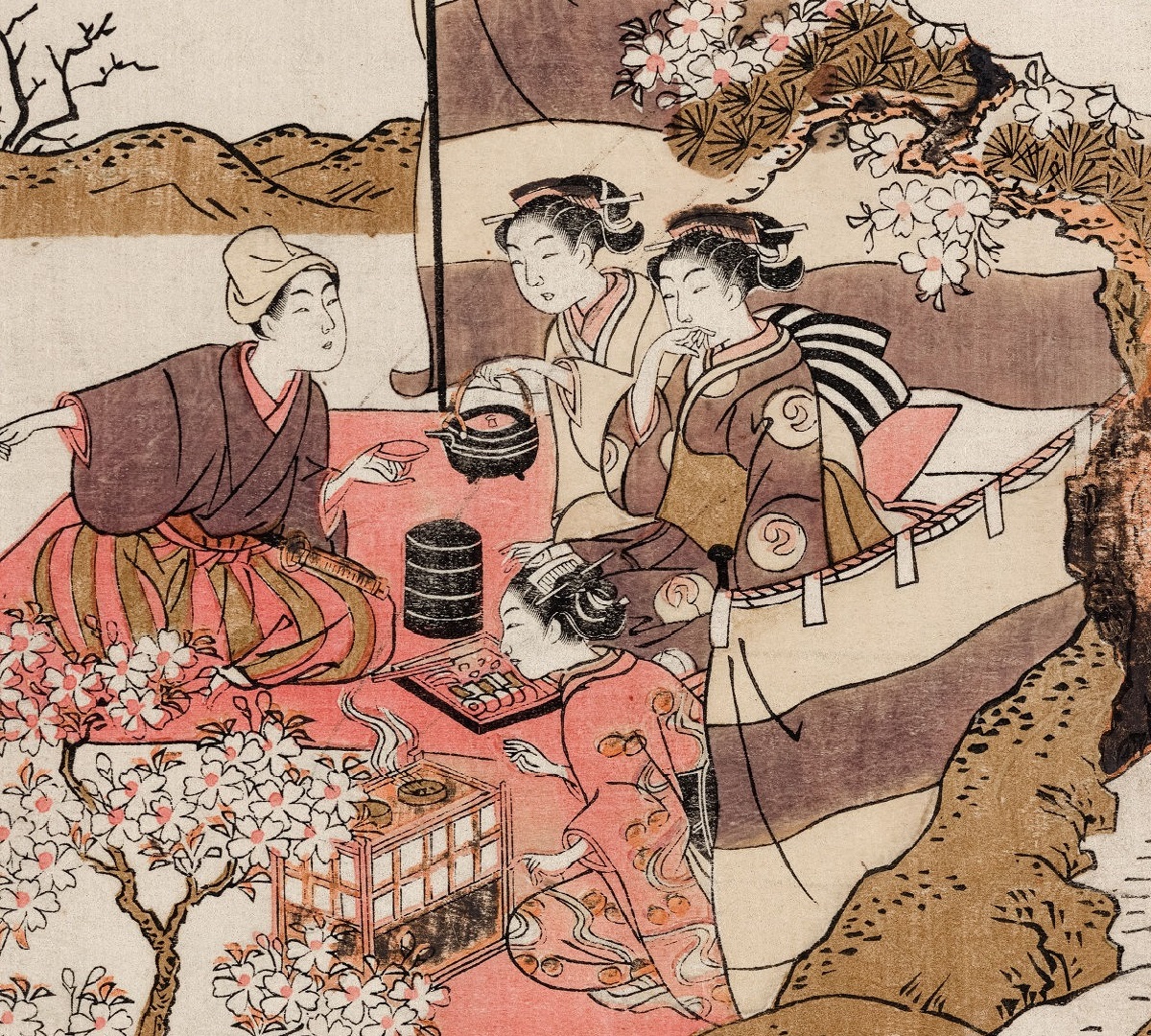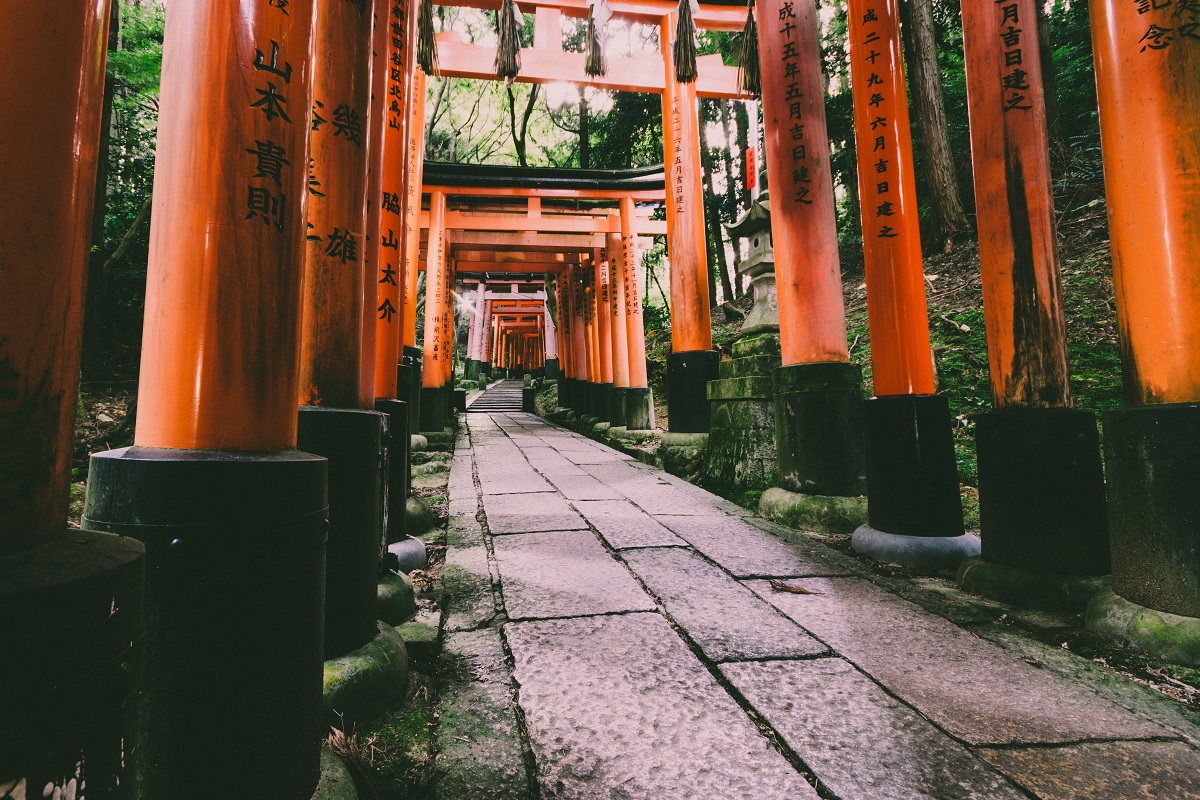Snow Villages
Snow villages are a picture perfect delight to stroll about while enjoying warm beverages and tasty treats. Many are renowned for their skiing and boarding slopes. Personally I just adore the traditional villages themselves.
Three of my favorite snow villages are Shirakawa-go, Nozawa Onsen, and Shibu Onsen.
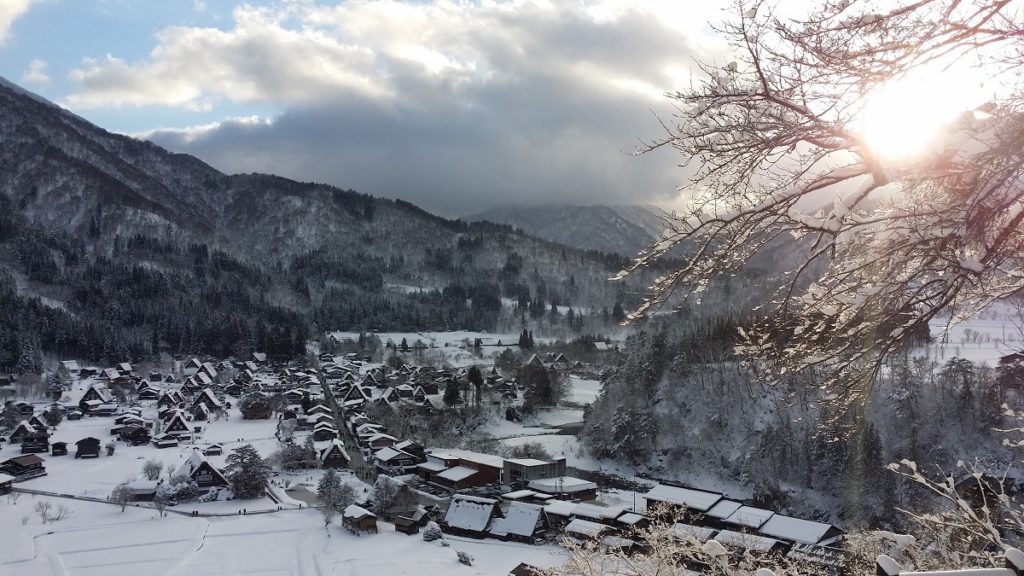
Shirakawa-go
A UNESCO world heritage site, the houses, some over 250 years old are all made using traditional japanese methods. With massive, steeply slanted, thatched roofs, designed to easily shed and withstand heavy snowfall. These roofs are also where the houses get their name, Gassho-Zukuri, as gassho means prayer hands and the roofs look like two hands praying (zukuri is a suffix meaning to make or construct.)
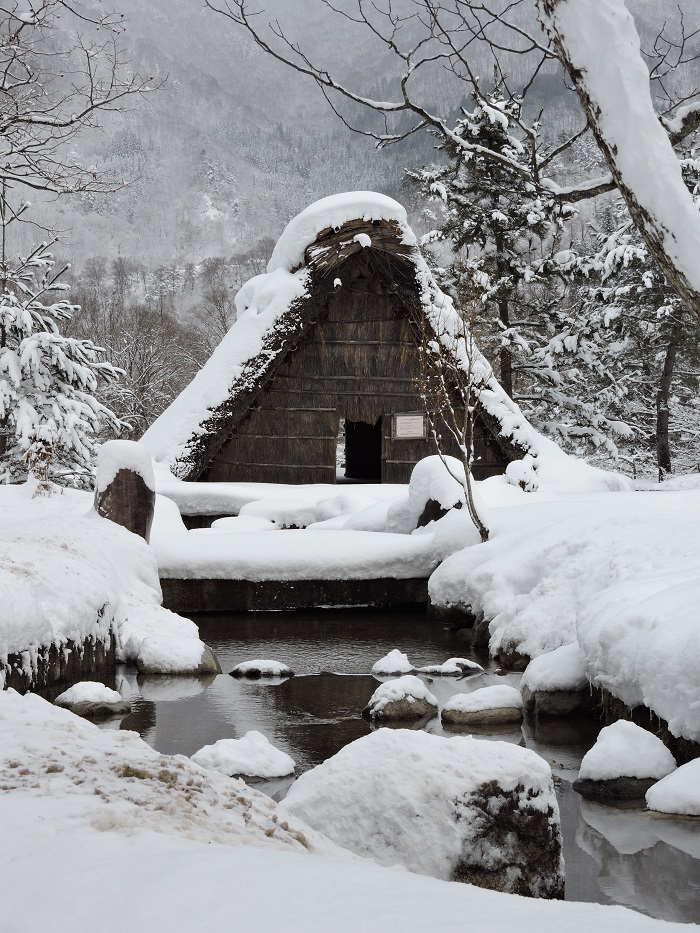
Shirakawa-go actually consists of more than one village but the largest and best known, Ogimachi, is the one most often associated with the name Shirakawa-go.
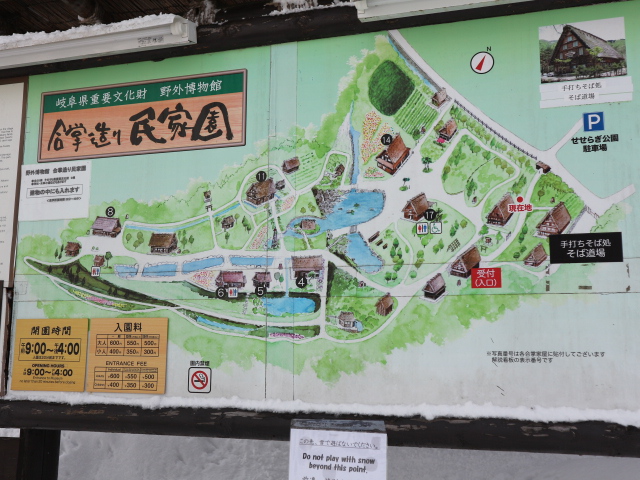
A river runs through the village with a foot bridge. On one side of the river you can stroll along a path winding through a ‘museum village’ past several ‘museum houses’ which you can enter and explore. In the winter covered with snow it is incredibly beautiful. On the other side of the river are shops, a few restaurants and real homes, some of these homes are minshuku (guesthouses) where you can spend the night and experience a traditional way of life.

In the magical snow village of Shirakawa-go I walked through time. As I walked, I heard the crunch of snow beneath my feet, looking up, the sun was playing peekaboo and caused the ice to sparkle everywhere. Just beyond me I saw a small frosty lake partially iced over, a traditional wooden water mill by the shore was frozen still, and all around me, hundred year old thatched roofed buildings, covered in white powder rose up like praying hands, the gassho-zukuri of Shirakawa-go.
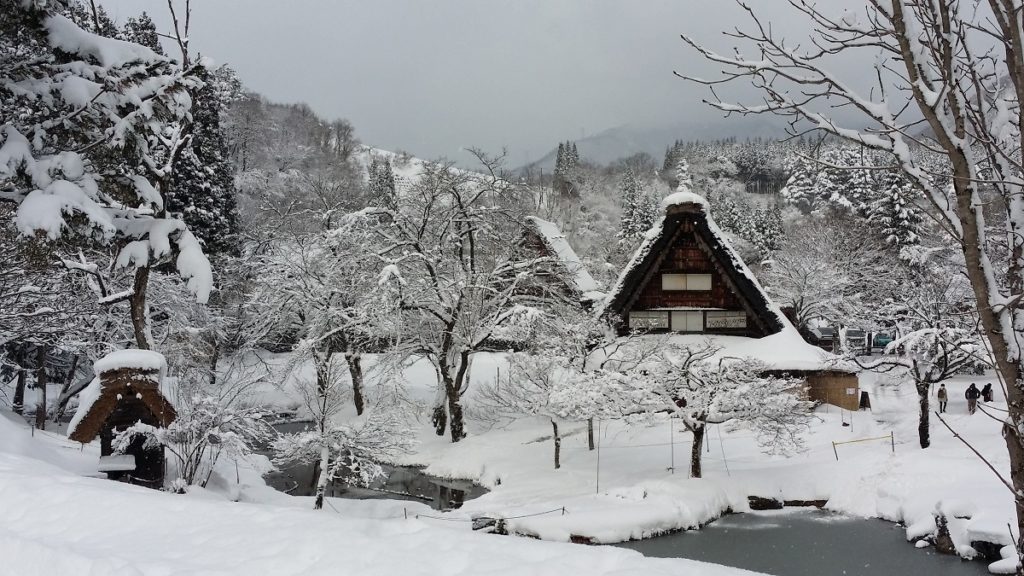
The next two villages Nozawa Onsen and Shibu Onsen combine the ambience of a picturesque hamlet with another reason I love Japan in winter, onsens! Japanese onsen are terrific anytime of year but there is something extra special about them in winter, surrounded by snow.
Nozawa Onsen
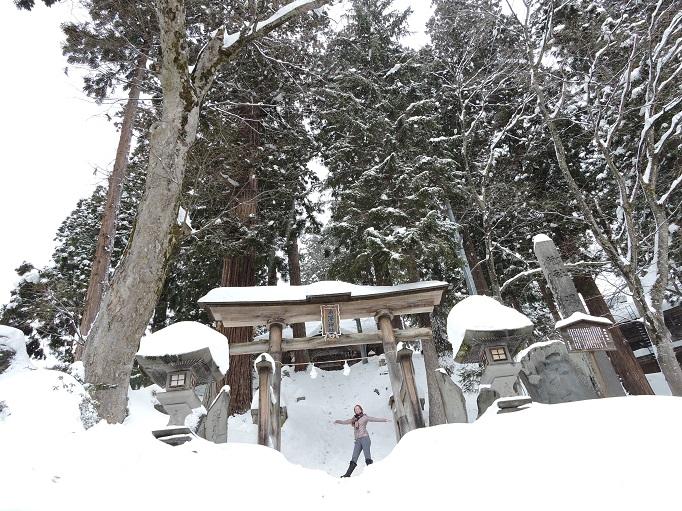
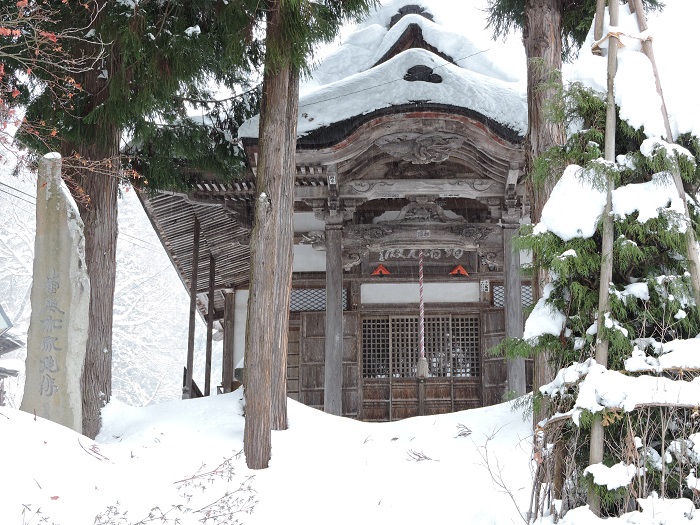
Onsen means hot spring in Japanese, they can be indoor or outdoor, private or public. When the word is is used in conjunction with the name of a town it is to denote the town as a hot spring town. Nozawa Onsen has 13 very traditional Soto-yu, which are free public bath houses. They have been maintained by the local community since the Edo period.
Nozawa’s Soto-yu onsen are very small and simple, one might call them rustic as it adds to the traditional feeling and experience. There is one small room for each gender. As you walk in you’ll see along the wall, to one side, a tiny bench and open cubbies for you to place your clothes after you undress. There are no lockers here but there is no need, they are in plain sight the whole time. On the other side of the room is the small onsen with hot spring water constantly flowing into the bath. Neatly lined along the perimeter lay round wooden buckets. I remember standing there after undressing, completely naked which felt weird at first, but only for a moment, because there was a serene ambience so strong I succumbed and the tranquility enveloped me. There were no traditional handheld showers with wooden stools here, this was even more ‘old school’ traditional than that. While I stood I briefly watched a Japanese woman, as naked as me, pick a wooden bucket up, fill it with water then kneel to wash herself using the bucket to rinse off. I followed and did the same, taking my little travel soap and my wooden bucket to an empty corner. Kneeling on the floor I washed and used the bucket to pour water over myself… Next came the onsen itself. I slowly dipped my legs into the bath, waited a moment for my body to adjust, then gently glided the rest of the way in. I breathed in deep, exhaled, and I smiled as I reacquainted myself with peace and harmony.
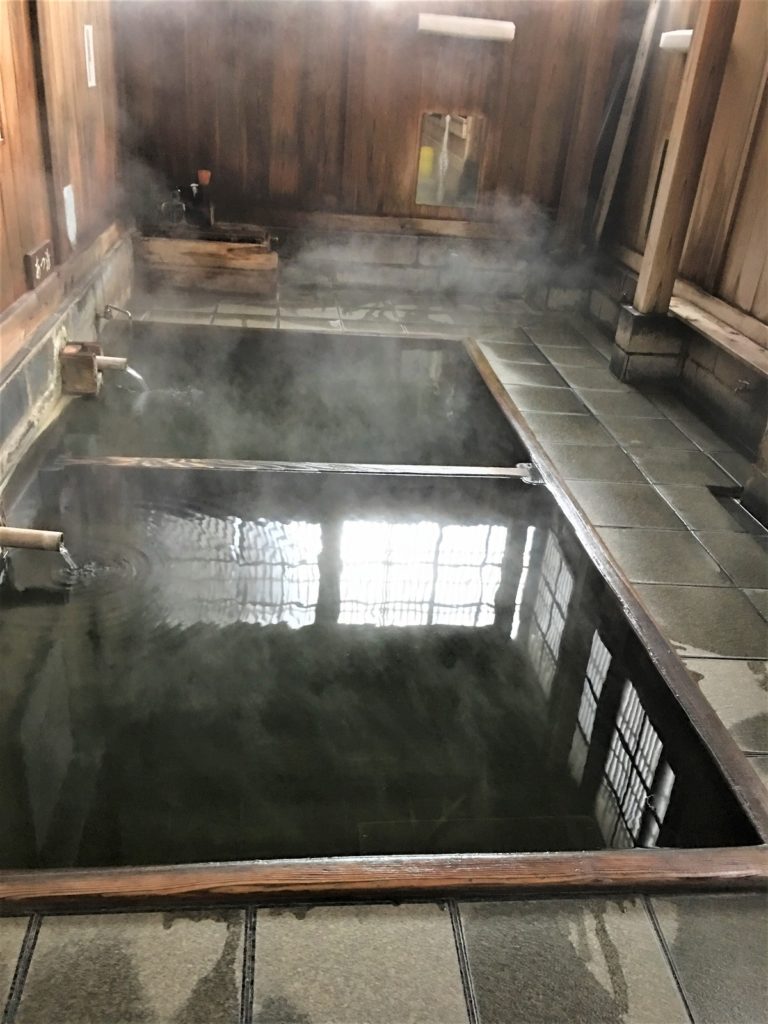
As a free public onsen amenities such as soap, etc. that you will often find when visiting paid onsen are not provided. So make sure to bring your own toiletries and towel. And be careful as some of the baths are extremely hot. I had no issue with the heat myself but there were a few times I was bathing when others came and quickly left exclaiming “the water was scalding” so you’ll have to judge for yourself. Just remember when entering any hot spring it’s always a good idea to take it slow.
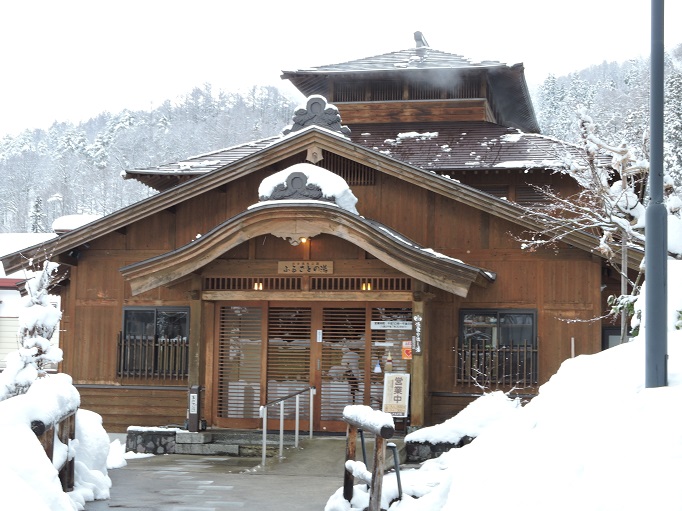
If you find the Soto-yu a little too rustic, Nozawa Onsen also has a very nice and modern 14th bath house, Furusato no Yu. Unlike the other 13 it has a small entrance fee, but is a lot more spacious with two indoor and one outdoor bath for each gender. Furusato no Yu also has the sitting Japanese showers which the other Soto-yu do not. According to Japanese bathing etiquette one must always clean oneself before getting in the onsen.
The small streets in the village of Nozawa Onsen are scenic and charming and a delight to explore. Walking around snow covered Nozawa, be sure to try the steamy warm snacks, Manju and Oyaki, two of the town’s specialties. Oyaki is a dumpling made from fermented buckwheat with various fillings, often vegetables and tends to be more savory. While Manju tend to be sweeter, usually filled with anko(red bean paste) or chestnut jam. Manju tastes a little less like a dumpling and more like a steamed cake. Actually they’re really very similar and Both are scrumptious. You’ll find these delicious edibles sold in front of shops as you stroll along the quaint little streets. They are usually steamed with steam channeled from the hot springs themselves. Which is said to give them a unique flavor, thus making them the town’s specialties.
Shibu Onsen
The streets in Shibu Onsen are, I feel, ever so slightly, less quaint than in Nozawa Onsen, but the onsen themselves make up for it. Or, more specifically, the Rotenburo, outdoor “open air” onsen. Most of the ryokan (traditional Japanese inns) in Shibu Onsen have beautiful rotenburo. Outdoor onsen are my favorite! Especially in winter. I love walking through the snow and breathing in crisp cold air as I make my way to the onsen’s warm embrace.
In addition to the private outdoor onsen located at different ryokan, Shibu Onsen also has nine Soto-yu (public baths) but unlike the Nozawa Soto-yu you need a key to access them. If you are staying the night at a local inn most will give you a key for free, otherwise I believe you have to pay a small fee to access them.
Located just minutes outside of Shibu Onsen is yet another reason to Love Japan in winter, Snow Monkeys!
Jigokudani Yaen Koen – The Snow Monkey Onsen
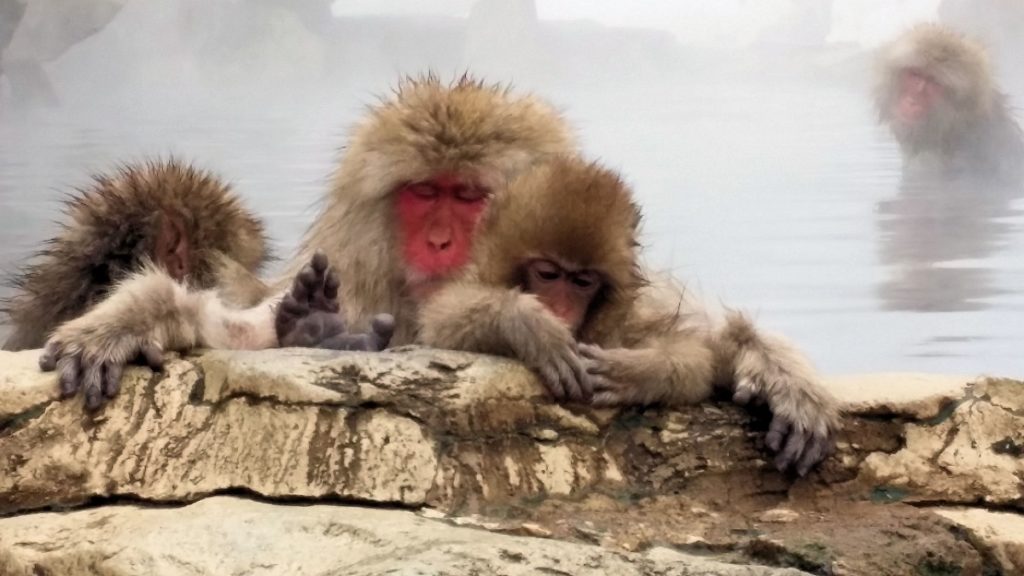
Jigokudani is an outdoor onsen just for monkeys, the Japanese macaque.
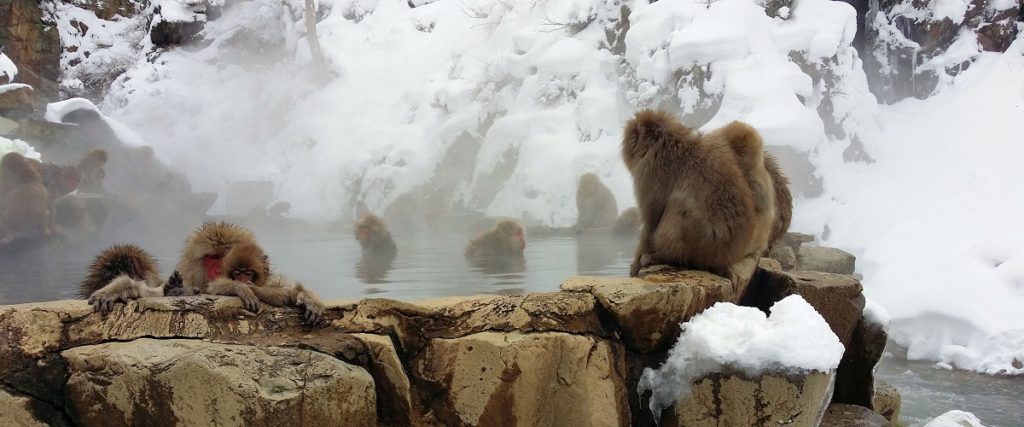
They are too adorable and so enjoyable to watch. I could have stayed the whole day with a smile on my face, but apparently my co-workers had a cuteness threshold, that’s what they called it. 🙂 They all really enjoyed the snow monkeys but they were ready to move on after about an hour and we did have other places to go and things to see.

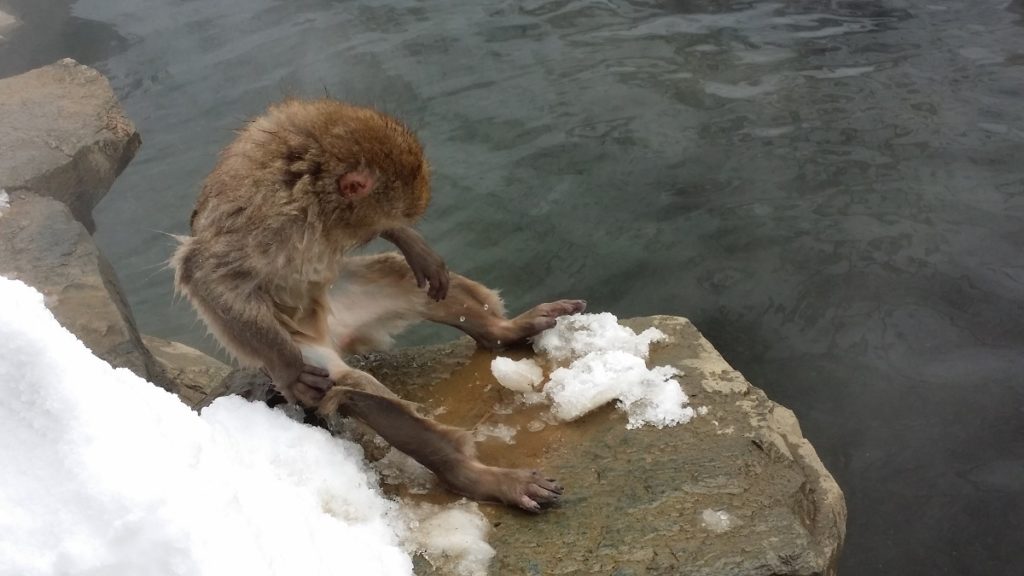
While all the snow monkeys were captivating, they weren’t all cute, some were gross and some were vicious. It was a little alarming and heart-wrenching to watch a big temperamental macaque attack a little macaque and see crimson blood slash across the snow. But watching them was compelling, almost mesmerizing.
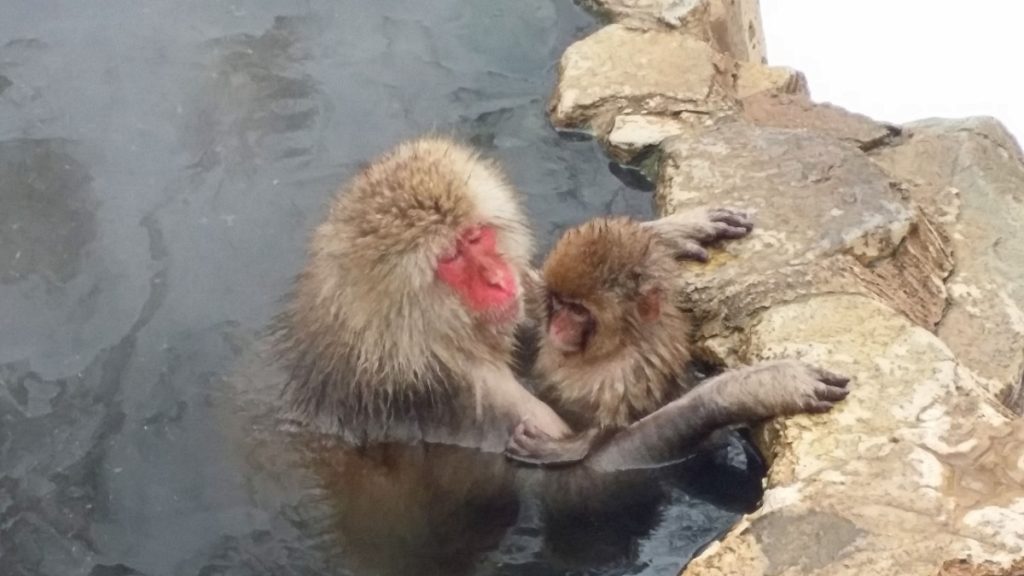
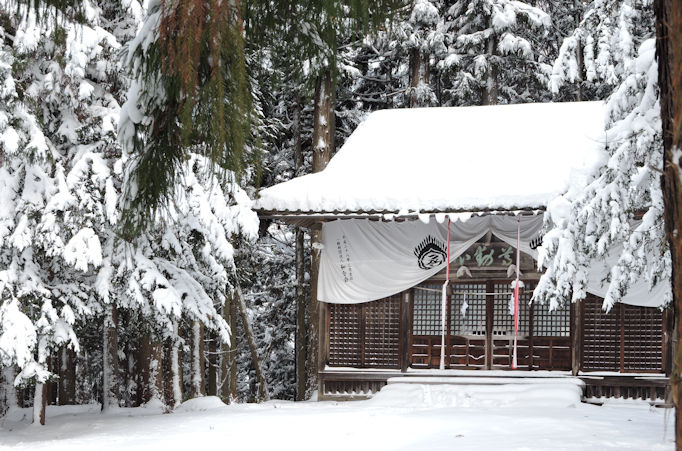
When you get to the entrance of the ‘park’ there is a lovely walk through the forest to get to the monkey onsen itself. In winter there is snow but the trail is well maintained. I’ve heard some people complain that you have to walk to get there. I laugh cause they often say it like it’s some outrageous, horrible thing. A beautiful stroll through snowy woods. The path in my opinion, just adds to the experience. The walk to get there makes this place more special, because even though, with all the people standing around taking pictures, it might resemble a zoo at times – it Isn’t a zoo – thank goodness. You’re in the middle of a forest by a river with wild Japanese macaque, who are free to come and go.
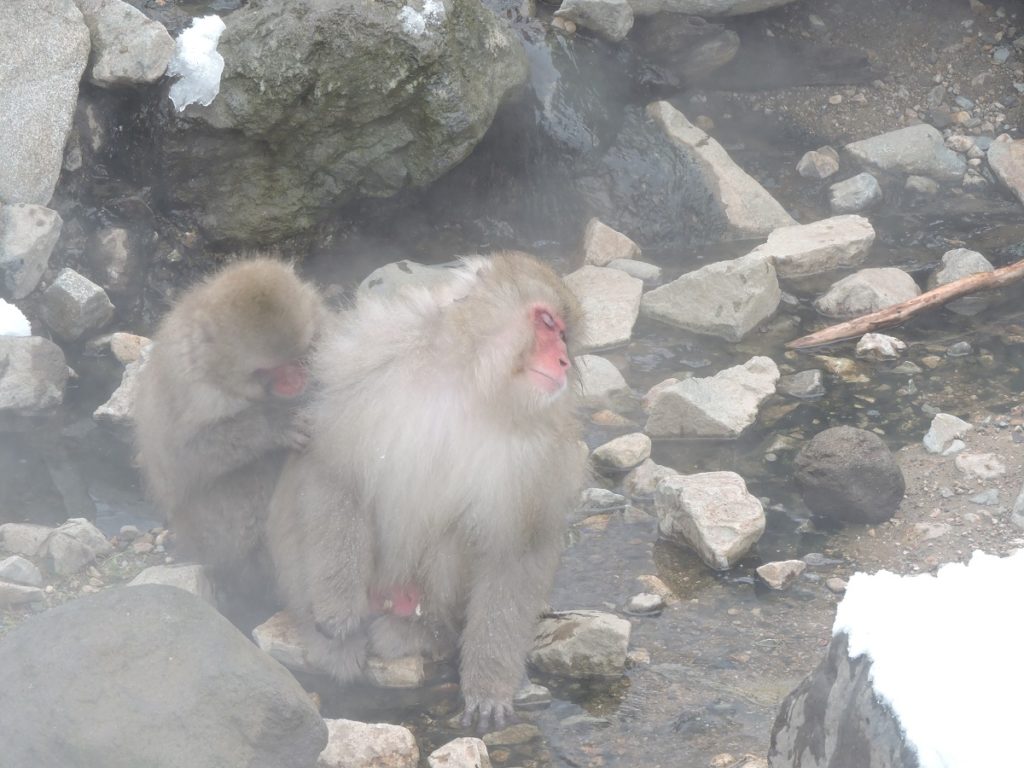
The trail is mostly flat with a few slightly steep steps toward the end, it is hardly strenuous, although it can be a bit icy in one or two spots. They do rent gear at the start of the trail if you have any concerns. They rent boots and ice prongy things that attach to boots, I think they’re called crampons, maybe? For some people slipping and falling could be a more serious matter.
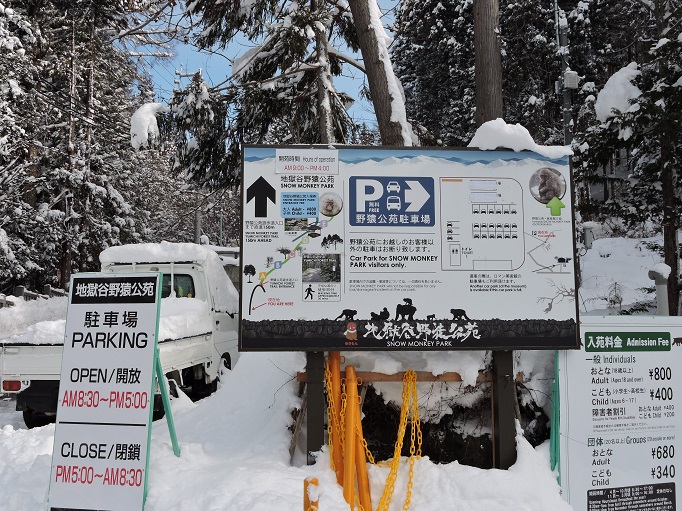
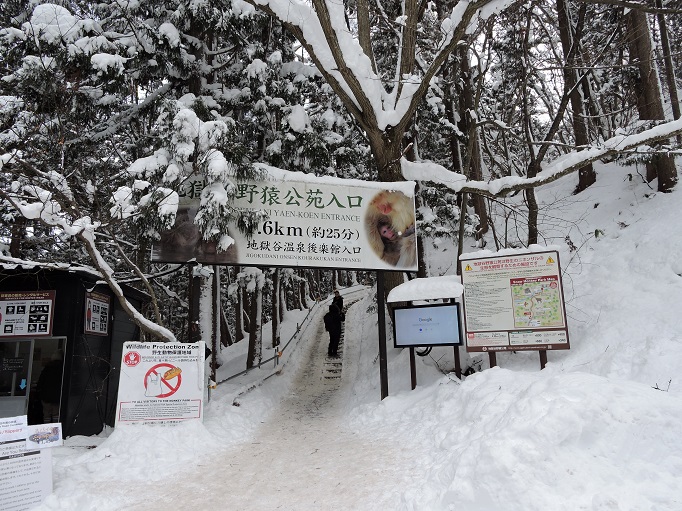
The walk is about one mile and took us maybe 30 minutes each way (with stops to take pictures) and it really is very pretty. Although the real treasure of course, is at the end, the entrancing and delightful snow monkeys bathing in their very own onsen.
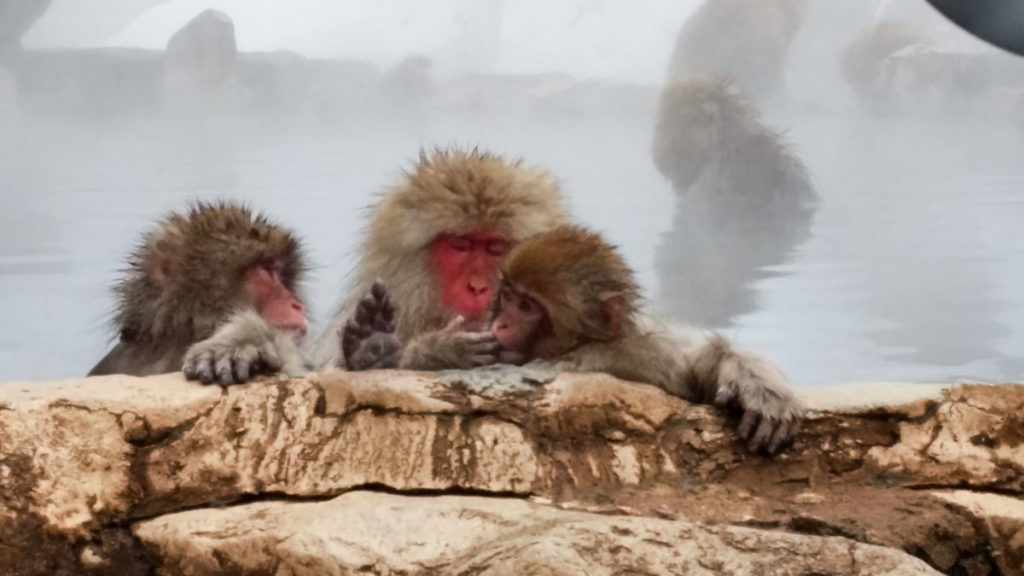
Staying Warm
Staying warm is taken seriously in Japan. You’ll find heaters everywhere. On trains and buses and even, my personal favorite, underneath tables known as Kotatsu.
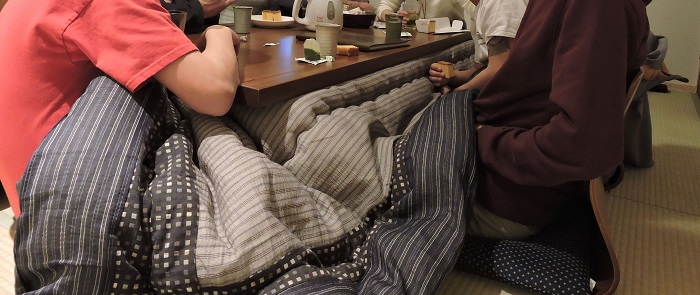

This is something I love but, (consequently) it’s also really important to remember, if you’re visiting Japan in winter – always wear layers. When you are all bundled up outside then hop on a train or bus if you can’t take off a layer the next fifteen minutes could potentially be hot stuffy and rather miserable ones. Same for restaurants, they will be toasty warm and some will even have simplified versions of the Kotasu, which as long as you can take off a layer or two is absolutely wonderful. (But seriously if you’re not wearing layers this could go from a positive to a negative rather quickly. One of my coworkers told me he almost suffered heat stroke in the middle of a snowy winter.)
Japan In Winter
Be aware if the only reason you’re going to Japan in winter is to try to avoid crowds and other tourists. You will need to have your timing down just right. Winter in Japan can be just as crowded as other seasons, at certain times and certain places even more so. There are several holidays during winter including, Coming of Age Day and what might be the largest holiday in Japan, New Year, New Season and Hatsumode; which is the first shrine visit of the year.
Besides as one should have gathered by now, there are much better and more wonderful reasons to visit Japan in Winter. 🙂

